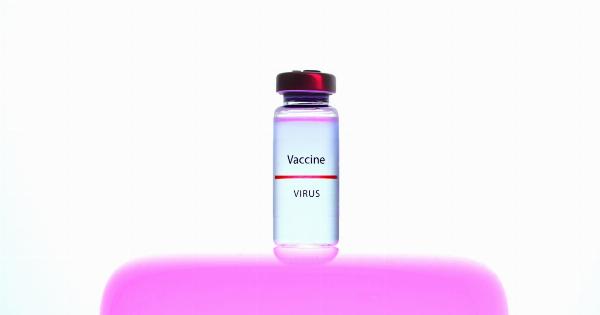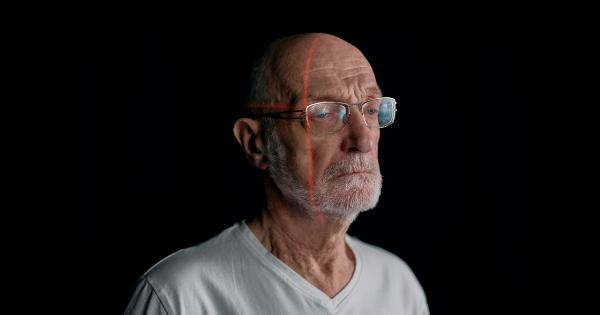Immunotherapy has revolutionized the treatment of various types of cancers, including leukemia. One of the most promising forms of immunotherapy is chimeric antigen receptor T-cell (CAR-T) therapy.
This innovative approach involves modifying a patient’s own T-cells to express a receptor that can recognize and target cancer cells. CAR-T immunotherapy has shown remarkable success in inducing complete remissions in patients with leukemia, with many experiencing prolonged cancer-free survival.
This article explores the effectiveness of CAR-T immunotherapy in leukemia patients and its potential to offer long-term benefits.
The development of CAR-T immunotherapy
CAR-T immunotherapy emerged as a breakthrough treatment for leukemia patients who failed to respond to traditional therapies.
Scientists discovered that by genetically engineering a patient’s T-cells to express a specific receptor, they could redirect these immune cells to attack cancer cells more effectively. The receptor, known as a chimeric antigen receptor (CAR), allowed T-cells to recognize and bind to cancer cells, triggering their destruction.
This approach offered a personalized and targeted treatment option that significantly increased the chances of achieving remission.
CAR-T immunotherapy and leukemia
Leukemia is a type of cancer that affects the blood and bone marrow. It is characterized by the rapid production of abnormal white blood cells. Traditional treatments for leukemia include chemotherapy, radiation therapy, and bone marrow transplant.
However, these treatments can be harsh on the body, have limited efficacy, and often fail in achieving a lasting remission.
CAR-T immunotherapy offers a new hope for leukemia patients. Clinical trials have demonstrated remarkable success in patients with relapsed or refractory acute lymphoblastic leukemia (ALL) and chronic lymphocytic leukemia (CLL).
In some cases, complete remissions have been achieved, leading to prolonged periods of cancer-free survival. This breakthrough has transformed the landscape of leukemia treatment and provided a ray of hope for patients who had exhausted all other options.
The mechanism of action
The success of CAR-T immunotherapy lies in its unique mechanism of action. The process begins with the collection of a patient’s T-cells through a process called leukapheresis.
These T-cells are then genetically modified in the laboratory to express the CAR on their surface. This modification allows the T-cells to recognize specific antigens present on the surface of cancer cells.
After the genetic modification, the CAR-T cells are infused back into the patient’s body, where they multiply and become capable of targeting and eliminating cancer cells.
The CAR-T cells recognize the cancer cells by binding to the specific antigen expressed on their surface. This binding initiates a signaling cascade that leads to the destruction of cancer cells by the immune system.
Long-term benefits of CAR-T immunotherapy
The success of CAR-T immunotherapy in leukemia patients is not limited to short-term remissions.
Studies have shown that a significant proportion of patients who achieve remission through CAR-T therapy experience prolonged periods of cancer-free survival. This offers a new lease of life for patients who were previously faced with limited treatment options and uncertain futures.
One study published in the New England Journal of Medicine reported long-term follow-up data on patients who received CAR-T therapy for relapsed or refractory ALL.
The study found that 39% of patients who achieved a complete remission remained in remission at the median follow-up of 29 months. This extended cancer-free survival period offers hope for the possibility of long-term disease control in leukemia patients.
Similarly, in patients with CLL, CAR-T therapy has demonstrated durable responses and prolonged remissions.
A study published in Blood showed that 33% of CLL patients treated with CAR-T therapy achieved a complete response, with 17% of patients remaining in remission at the median follow-up of 53 months. These findings indicate the potential for CAR-T immunotherapy to provide extended periods of cancer-free survival in CLL patients as well.
Challenges and future directions
While CAR-T immunotherapy has shown promising results in leukemia patients, challenges still exist.
The high cost of this therapy, potential side effects, and the need for specialized facilities for manufacturing and administration limit its widespread availability. Additionally, resistance and relapse in some patients necessitate the exploration of combination therapies and the development of next-generation CAR constructs.
Despite these challenges, CAR-T immunotherapy holds great promise for the future. Ongoing research and clinical trials are focused on refining the therapy, improving its efficacy, and expanding its applications.
The development of off-the-shelf CAR-T products and the enhancement of CAR designs are expected to overcome some of the current limitations.
Conclusion
CAR-T immunotherapy represents a milestone in the treatment of leukemia. Its ability to induce complete remissions and provide prolonged cancer-free survival offers new hope for patients who had previously exhausted all treatment options.
Ongoing research and advancements in CAR-T therapy hold the potential to further improve outcomes and make this innovative treatment more accessible. The journey towards conquering leukemia through immunotherapy continues, with CAR-T therapy at the forefront of the battle.





























